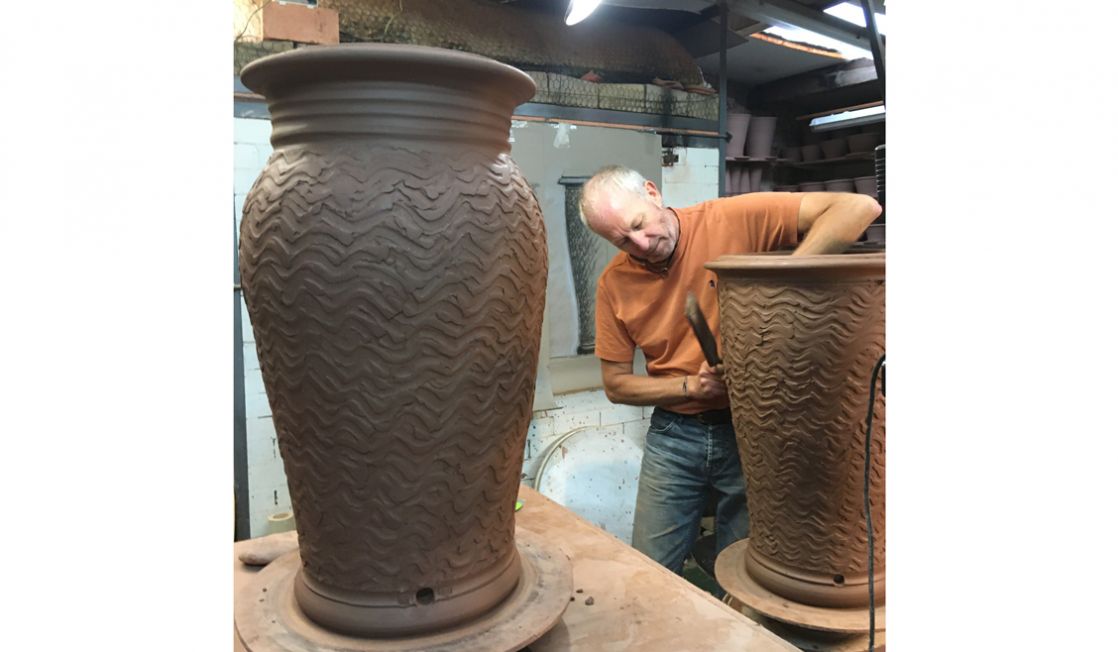Contemporary Ceramics: Why do you do what you do?
Simon Hulbert: It’s my life, it is a fulfilling, fundamental, ethical profession, I am part of a tradition spanning thousands of years.
CC: How did you first get involved in working with clay?
SH: An inspirational teacher called Graham Smith in a Nottingham School, he turned a craft department into a pottery department and made pottery part of the curriculum.
CC: What is your relationship with colour?
SH: A simple one, I have moved from the beauty and purity of terracotta and terra sigillata to the beauty and purity of high fired porcelain.
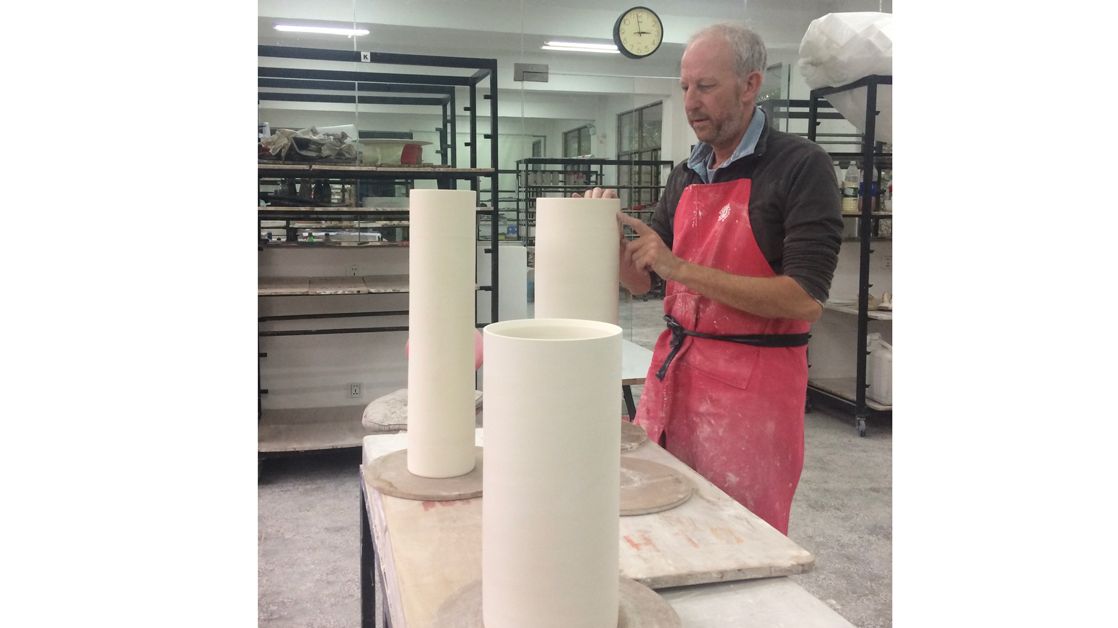
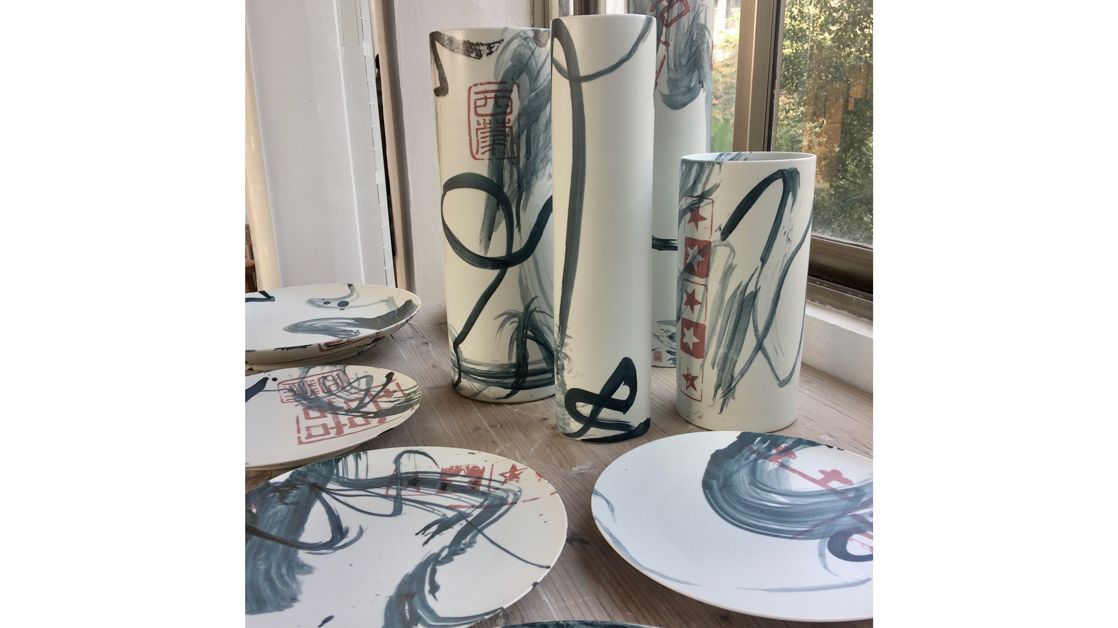
CC: What images keep you company in the space where you work?
SH: Drawings, sketches, numerous postcards of contemporary and historical pieces of clay from Jane Hamlyn saltglaze to a Song dynasty Ewer
CC: How do you work?
SH: With clay on the wheel
CC: What has been a seminal/inspirational moment?
SH: Visiting Jingdezhen in China and completing four residencies, working with Chinese artist Huang Fei, collecting ancient ceramics from the shard market and Chinese calligraphy lessons.
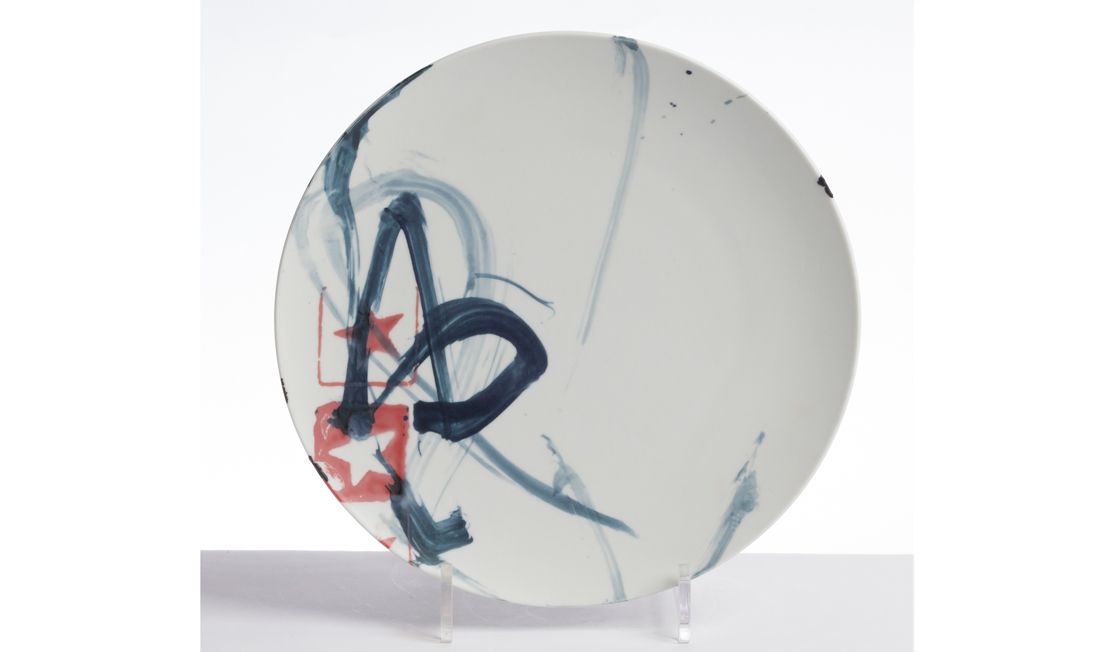
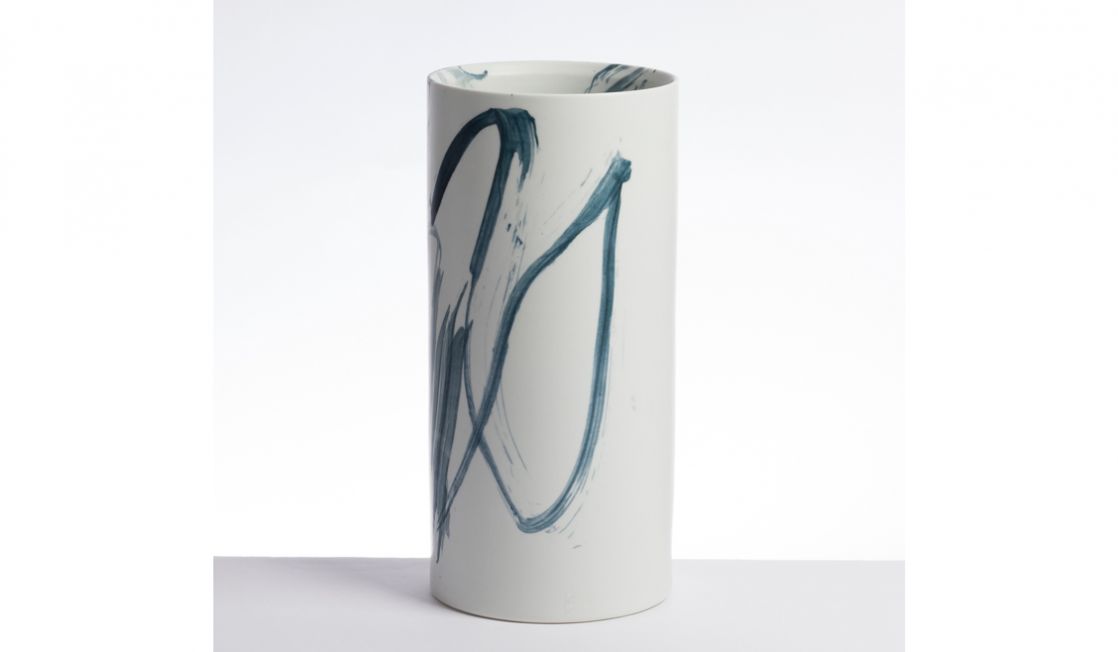
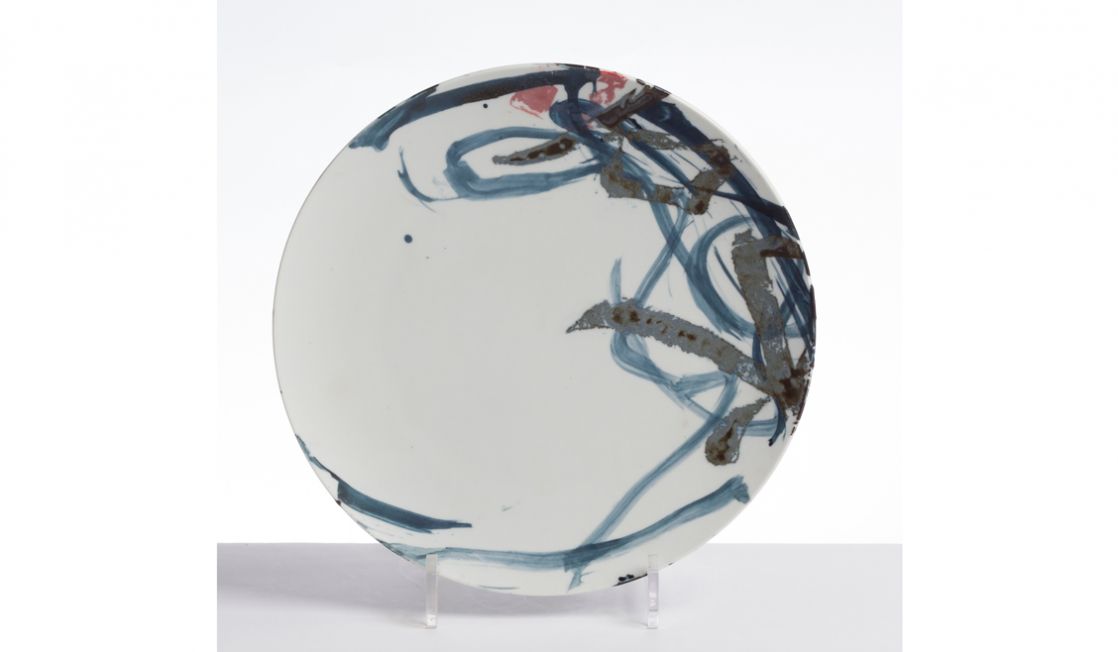
CC: How has your practice changed over time?
SH: I am firstly a potter but have also been a teacher, curator, and more recently moved from working with terracotta making garden ware into porcelain functional pots; vases, bottles, cups and dishes.
CC: What was the first piece of art that really mattered to you?
SH: There is no one piece, I like so much, from Dutch Still Life painting to Picasso. One of the first potters that really inspired me was Peter Voulkos. One of the first pieces of pottery I bought was a Peter Smith jug from the CPA shop. I still have that along with so many other beautiful pots.
CC: How does working with clay influence your life beyond the workshop?
SH: I am surrounded by pots and part of a large ceramics community.
